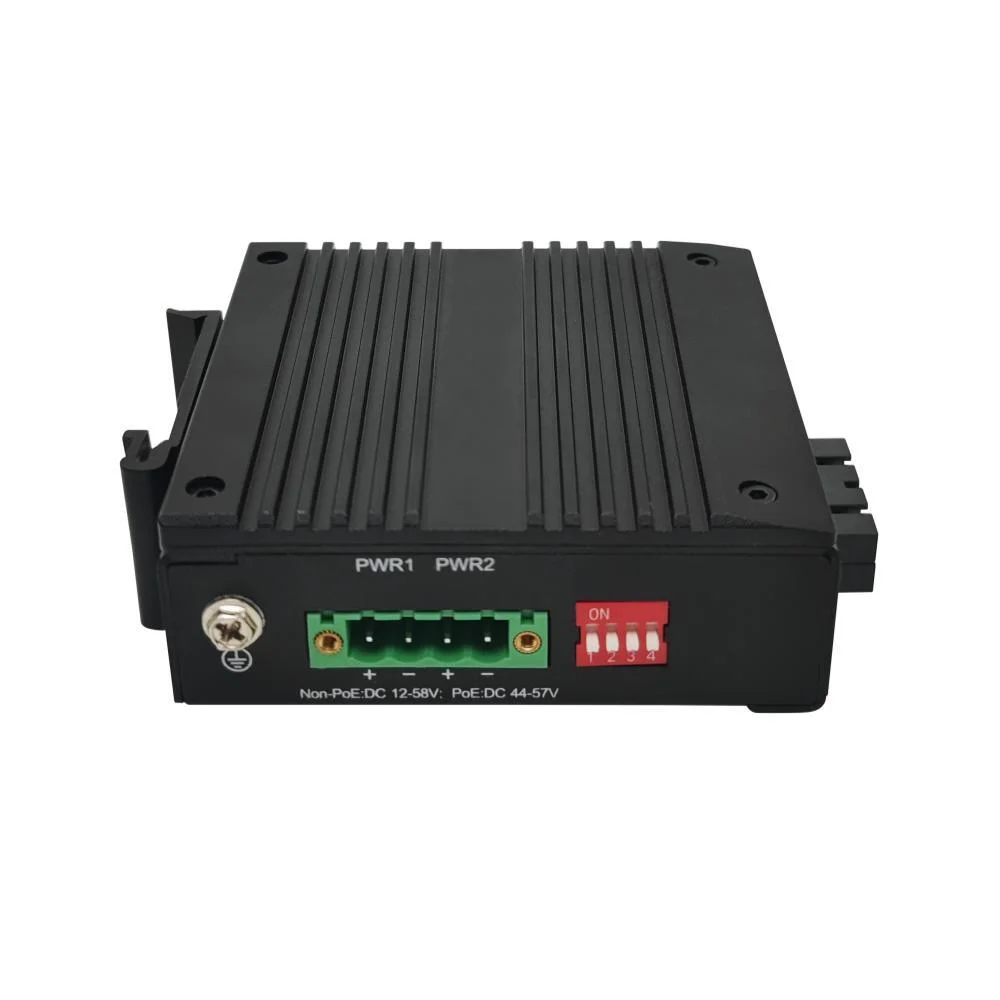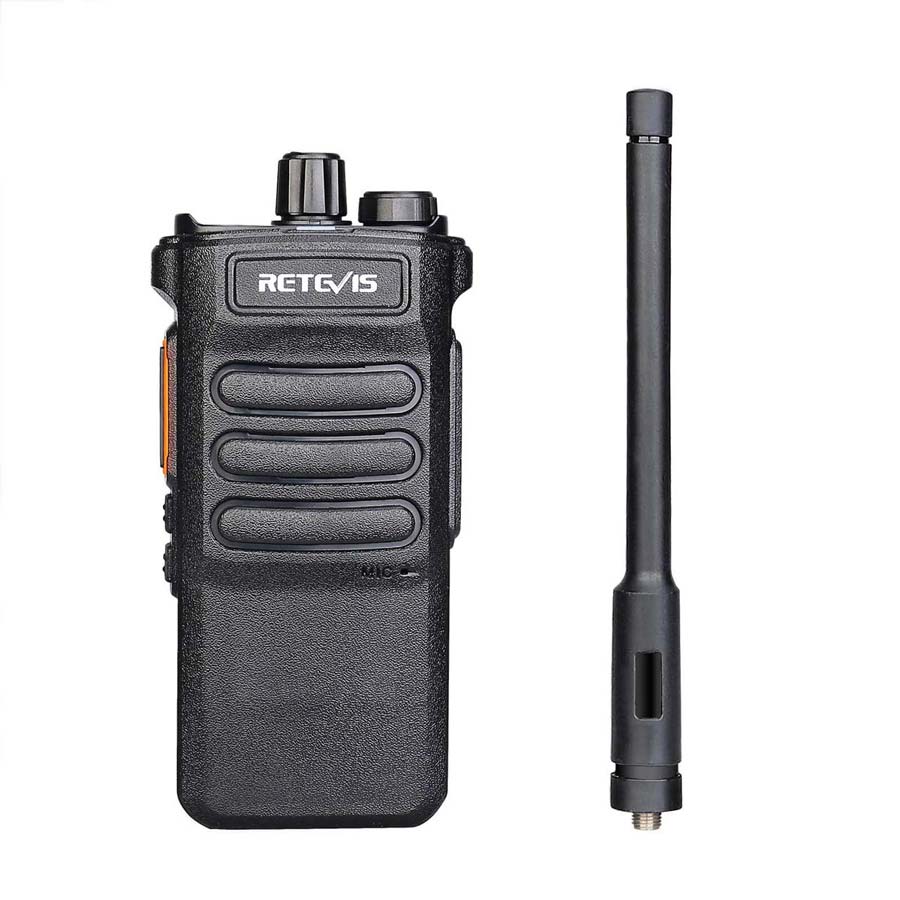In today’s increasingly connected industrial environments, reliable and high-speed data transmission is more critical than ever. Whether you're managing a smart factory, surveillance system, or power utility network, ensuring seamless communication between devices is a top priority. That’s where industrial media converters come into play.
Industrial media converters are essential for extending network reach, converting data signals between different transmission media, and ensuring consistent connectivity in harsh environments. But with so many options available, how do you choose the right one for your infrastructure?

Here’s a practical guide to help you make the best choice.
What Is an Industrial Media Converter?
An industrial media converter is a device that connects two different types of network media—typically converting electrical signals (Ethernet) to optical signals (fiber) and vice versa. Unlike commercial-grade converters, industrial versions are built to withstand extreme temperatures, humidity, vibration, and electromagnetic interference commonly found in industrial settings.
These converters are widely used in applications such as manufacturing automation, oil and gas facilities, traffic monitoring systems, and utility substations.
Key Factors to Consider
1. Environmental Tolerance
Choose a converter that matches your environmental conditions. Look for models with wide operating temperature ranges (e.g., -40°C to +75°C), dustproof or waterproof casings (IP30 or higher), and industrial-grade components.
2. Fiber Type and Connector Compatibility
Determine whether your network requires single-mode or multi-mode fiber. You should also verify the connector type (SC, LC, ST) to ensure compatibility with your existing fiber cabling.
3. Data Rate and Distance Support
Select a media converter that supports the required data speed (e.g., 10/100/1000 Mbps or 10G) and transmission distance. Fiber connections can range from a few hundred meters to several kilometers, depending on the type of fiber and signal strength.
4. Power Options and Redundancy
In industrial settings, stable power supply is crucial. Many converters support dual redundant power inputs and DIN-rail mounting for easy integration. Choose a converter with fail-safe mechanisms to reduce downtime.
5. Managed vs. Unmanaged
If you need advanced features like VLAN tagging, remote monitoring, or fault alerts, opt for a managed media converter. For simpler applications, an unmanaged converter may be sufficient and more cost-effective.
Why Choose FlyingFiber Co., Ltd.?
When it comes to sourcing reliable and high-performance industrial media converters, FlyingFiber Co., Ltd. stands out as a global leader in fiber optic communication solutions. With over a decade of export experience, FlyingFiber has built strong partnerships around the world by delivering:
-
High-quality passive and active fiber transmission products
-
Custom-engineered solutions tailored to specific industrial applications
-
A wide portfolio of fiber tools, test instruments, and accessories
-
Expert guidance and dependable customer support
FlyingFiber’s industrial media converters are designed for mission-critical environments and rigorously tested for durability and performance. Whether you’re upgrading an existing network or building a new one from scratch, FlyingFiber provides the technology and support to help you succeed.
Final Thoughts
Selecting the right industrial media converter may seem technical, but with a clear understanding of your network’s environment, data requirements, and operational goals, you can make an informed decision. The right converter ensures greater efficiency, less downtime, and better scalability for your industrial network.
If you're seeking reliable and future-ready fiber connectivity solutions, FlyingFiber Co., Ltd. is your trusted partner for industrial-grade performance and innovation.
www.flyingfiber.com
Shenzhen FlyingFiber Co., Ltd.


